Dear Readers,
Nepal’s strategic location between India and China means Nepalis are rich in history and geography, but weak in arithmetics.
King Prithvi Naryan Shah the Great described our two Big Brothers as having us by our gonads. Therefore, as the oldest nation state with the youngest democracy in South Asia, we must always be vigilant about being kicked in the groin as we attain Middle Income status next year.
One Thuldaju has occupied 386sq km of Nepal’s real estate, while the other is surreptitiously moving border pillars in Humla. It may get to the point where passengers should be advised before boarding their flights to Nepal to reconfirm that the country still exists.
Luckily, geotectonics works to the advantage of Nepal’s geopolitics. Because the Subcontinent is pressing against the Tibetan Plateau, Nepal’s border pillars are silently moving north at a velocity of 1 cm/year. Take that, China.
Down along our southern border, we were defended throughout history by our Royal Mozzie Army which injected invaders with the deadly malaria parasite. But since we foolishly eradicated malaria, that deterrent is no more. So, we have devised a clever plan to build a 1,500km East-West Moat by blocking Tarai rivers with road embankments. All those landslides, potholes and tottering bridges along our national highways are designed to halt enemy tanks on their tracks. It’s a military secret, so stop complaining.
And all this by way of introducing two pieces in this week’s Nepali Times print edition. National Insecurity by correspondent Shristi Karki on page 1 concludes that Nepal has never been as beholden, even subservient, to its two giant neighbours as it is now due to political instability, lack of integrity and low self-esteem of the leadership.
In her Editorial from Helsinki, Sonia Awale draws parallels to Finland’s strategy of steering a tilted geopolitical course during the Cold War that kept the Soviet Union at arms length. Are there lessons from ‘Finlandisation’ for Nepal’s foreign policy strategy of ‘equidistance’ between India and China? Find out in Love thy Neighbours, page 2.
Environmental anthropologist and long time Nepal hand Austin Lord draws parallels between the Blatten glacier collapse on 28 May in Switzerland, and the earthquake-avalanche that obliterated Langtang in 2015. Early warning saved lives in Blatten, but that may not always be possible with the co-risk factors of seismicity and climate breakdown in the Himalaya. Blatten, Langtang and Disasters Yet To Come? Page 5.
Upasana Khadka in her column Labour Mobility dissects the visit visa scandal that has gone right up to Home Minister Bishnu Poudel. The government and its immigration officials have apparently been taking kickbacks to allow Nepali workers to circumvent bans and labour permits. Revisiting Visit Visas, page 10.
The latest episode of Diaspora Diaries is by Ashik Shrestha, who took his passion for music with him when he went to Dubai, and struggled to find a job. Song of Work and Freedom, page 11.
We travel to Colorado in the centre spread to profile dozens of multiple Everest summiteers who moved to the Denver area, and are at the peak of their careers. Sherpaland, Co, USA by Dirgha Raj Upadhyay.
Read about Asma BK, who was rescued from child labour in Kathmandu, educated in a shelter, just ran the London Marathon, and aspires to be a champion trail-runner. Vishad Raj Onta profiles this inspiring athlete in Asma BK Hits the Ground Running, page 9.
See you next week with another action-packed edition from the Nepali Times team.
Kunda Dixit, Publisher

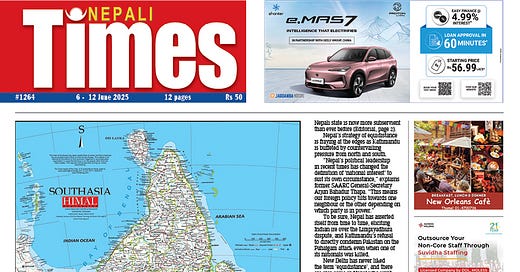

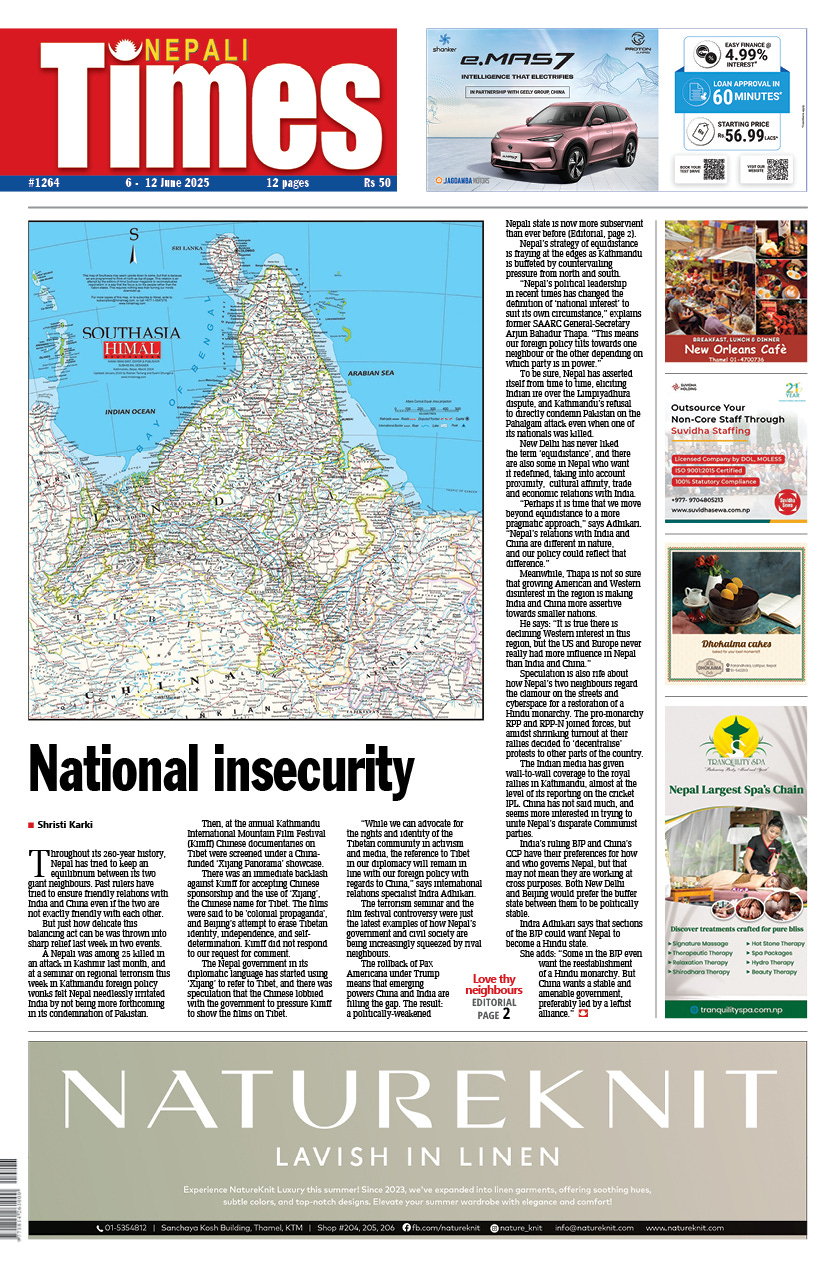
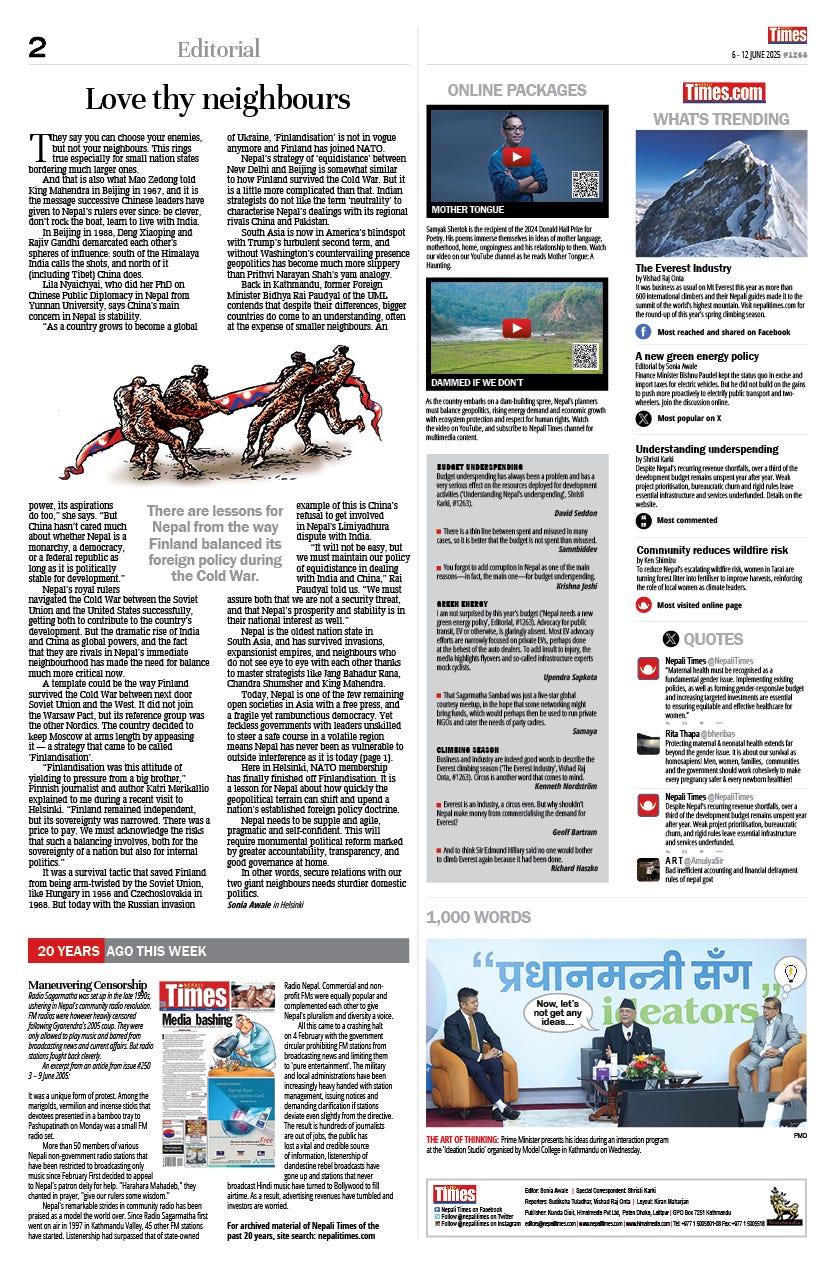
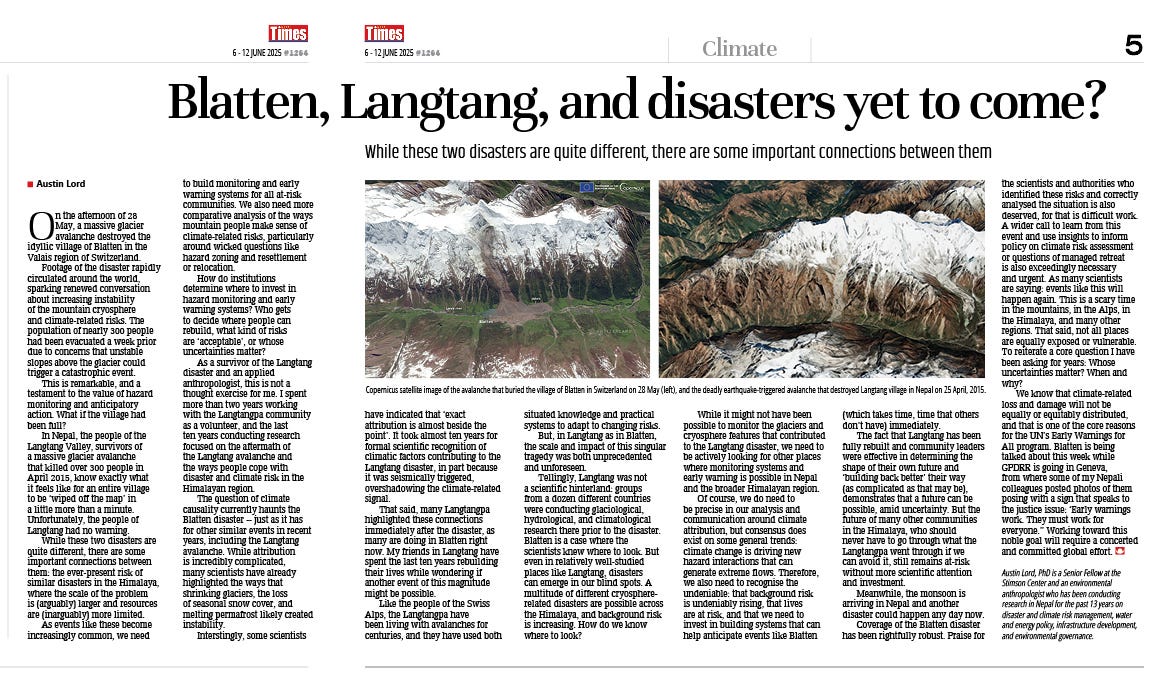
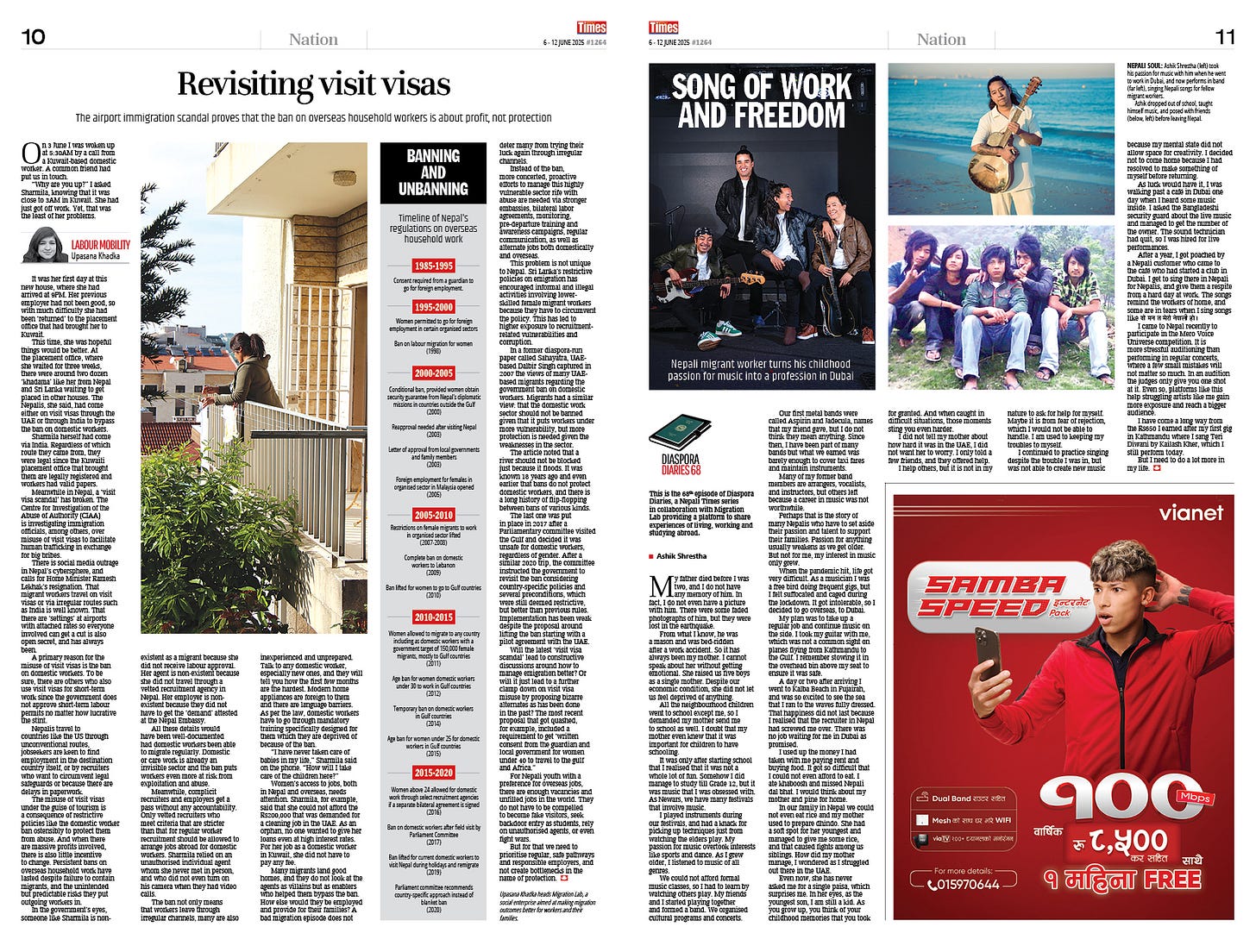

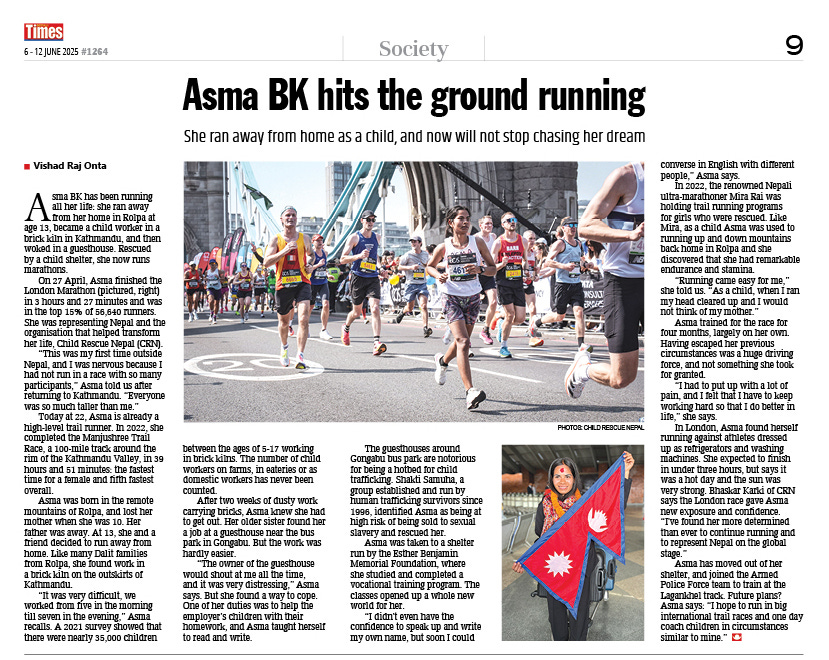
Home Minister Ramesh Lekhak*